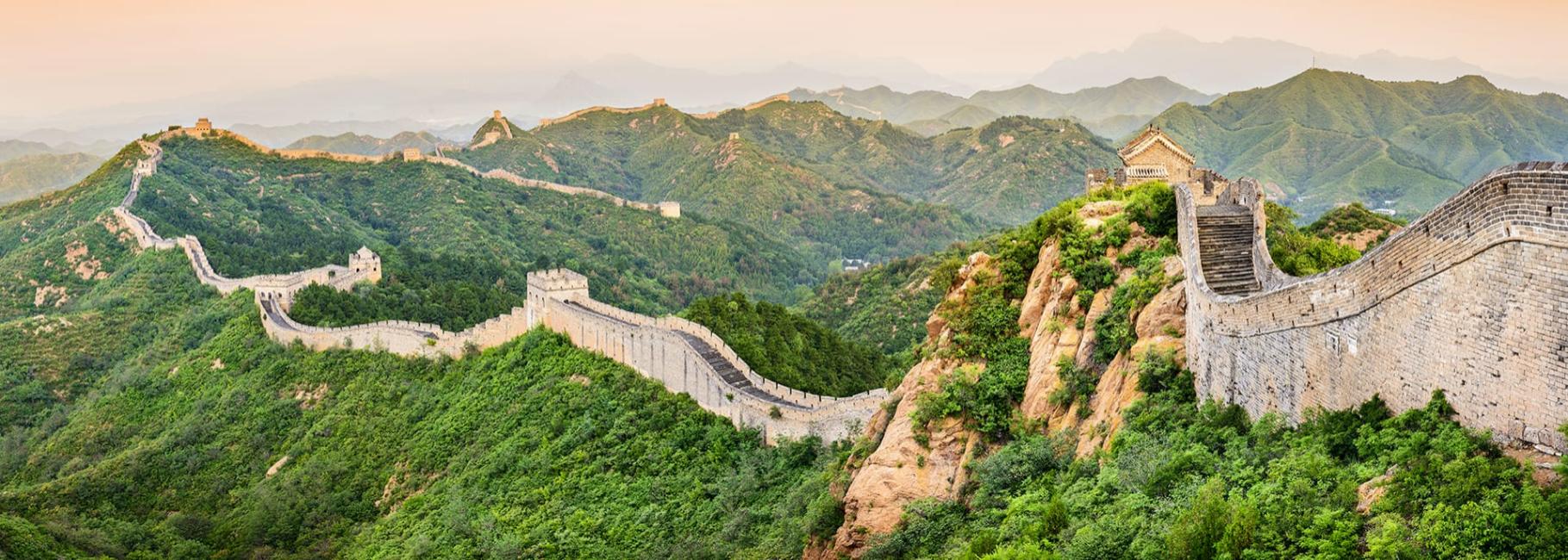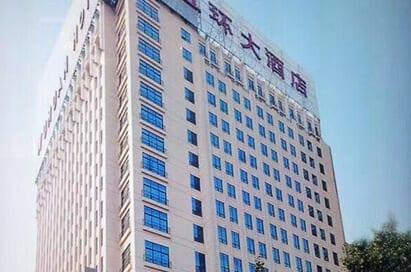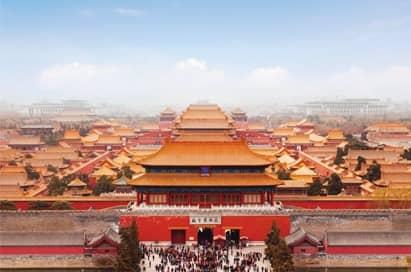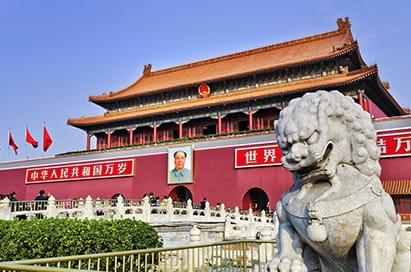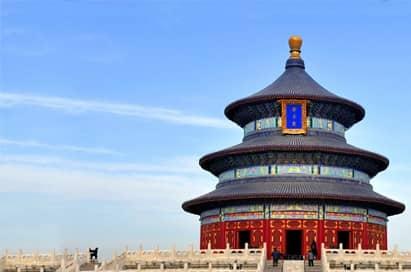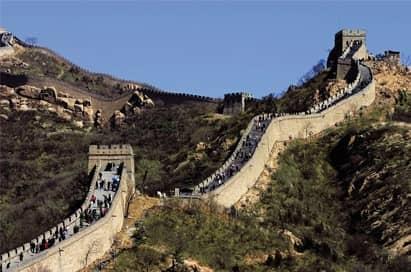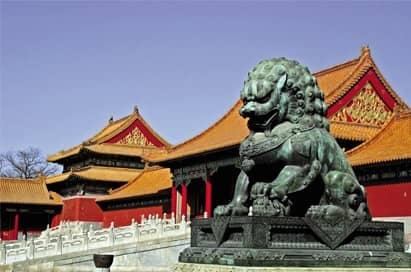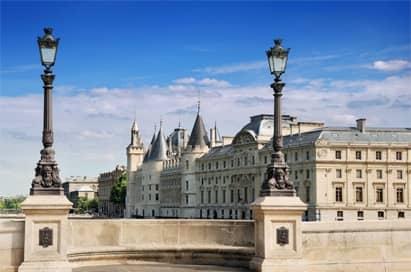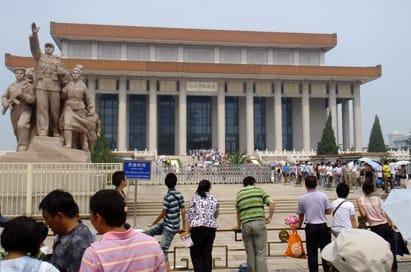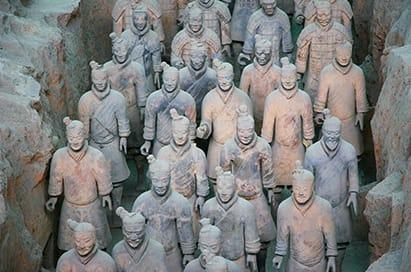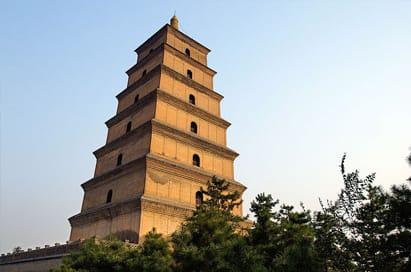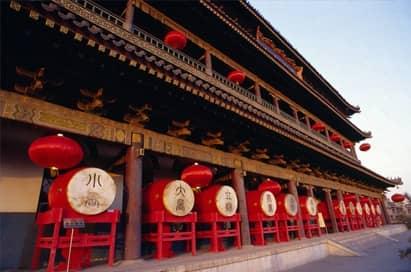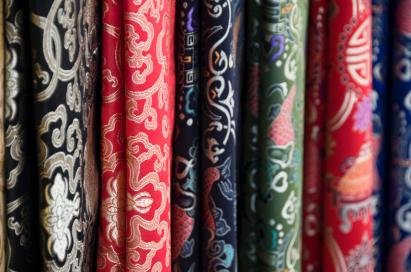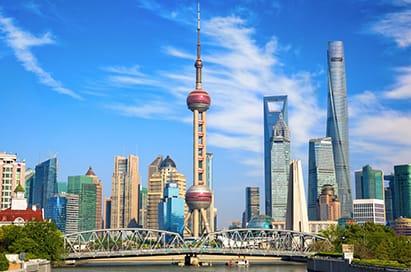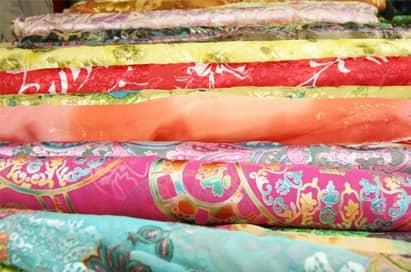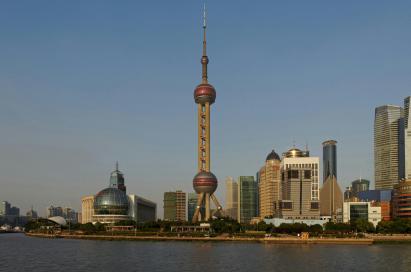History Trips to China
China is the oldest continuous major world civilization, with records dating back approximately 3,500 years. It is a destination which allows your students to explore a society and culture radically different from our own and enjoy some genuine hospitality. Choose from a range of itineraries, all of which include your own local experienced guide throughout your stay.
For students studying Mao and the formation of the People's Republic, a trip to China will give them an insight into the culture and traditions which led to Communist success. Students will be able to visit great historical landmarks like the Great Wall, Tiananmen Square, the Forbidden City or mix with their Chinese peers in a visit to a high school. You will be spoilt for choice when deciding on your itinerary but your visit is guaranteed to bring understanding and change perceptions of this populous and fascinating country.
Prices start from£1839pp
Popular itinerary
Our sample itinerary provides you with an idea of the visits you can cover during your trip. We can tailor-make an itinerary to support your specific learning outcomes.
| Morning | Afternoon | Evening | |
|---|---|---|---|
| 1 | Depart UK airport for overnight flight to Beijing | ||
| 2 | Arrive Beijing airport and meet your guide | Visit to Temple of Heaven on route to your hotel | Chinese evening meal |
| 3 | Visit to Great Wall of China | Visit to Summer Palace followed by Tea ceremony | Peking Duck Banquet |
| 4 | Visit to Tiananmen Square and Forbidden City | Rickshaw ride in the Hutongs | Chinese Evening Meal followed by Chinese Acrobatic Show |
| 5 | Visit to a Beijing Family | Kung Fu Show | Chinese Evening Meal |
| 6 | Transfer to the Airport for return flight | Arrive UK and return to school | |
- 1
- 2
- 3
- 4
- 5
- 6
| Morning | |
|---|---|
| Afternoon | Depart UK airport for overnight flight to Beijing |
| Evening |
| Morning | Arrive Beijing airport and meet your guide |
|---|---|
| Afternoon | Visit to Temple of Heaven on route to your hotel |
| Evening | Chinese evening meal |
| Morning | Visit to Great Wall of China |
|---|---|
| Afternoon | Visit to Summer Palace followed by Tea ceremony |
| Evening | Peking Duck Banquet |
| Morning | Visit to Tiananmen Square and Forbidden City |
|---|---|
| Afternoon | Rickshaw ride in the Hutongs |
| Evening | Chinese Evening Meal followed by Chinese Acrobatic Show |
| Morning | Visit to a Beijing Family |
|---|---|
| Afternoon | Kung Fu Show |
| Evening | Chinese Evening Meal |
| Morning | Transfer to the Airport for return flight |
|---|---|
| Afternoon | |
| Evening | Arrive UK and return to school |
Price Shown includes
- Return Air Travel
- 4 nights Full Board Accommodation in either Beijing or Shanghai
- Specialist Group Travel Insurance
- Bespoke itinerary planning service
- Free Place Ratios
- Online trip organiser & Travel App
- 24/7 support whilst you are away
Places to Stay
China destinations
We Make Trip Planning Easy
- Day to day support and advice from our team of travel experts
- Easy-to-view online tour quotation
- Market-leading trip organiser portal, My Tour Manager
- Free Resources and templates to help launch your trip
- Email reminders to keep you on track
- Free and completely personalised Travel App to access your information on the go
- Risk Assessment advice so you can make an informed decision on every tour component
- Teacher Inspection Visits
What You Say
I have already discussed plans for next year! I have been really happy with the level of service and would like to use you again.
Solihull Music Centre

